It can be heartbreaking to hear that a loved one facing death has decided to give up the ‘fight’. Here’s how to love them through it.
By Tammy Faulds
It’s mid-January. The post-holiday glow has most definitely worn off and I’m now leaning on my fave comfort food to help get me through winter. Yep, am here nibbling on some chocolate almonds while writing this to you because I’m about to dive into a touchy topic.
Let’s begin by saying…
Death is deeply ordinary. 100% inevitable. And as natural and necessary as being born.
As a society, we treat death like the enemy (instead of the goddess of wisdom that she is). We fight ‘til the bitter end, this “battle” that we won’t ever win. This battle against death (and the obsession with youth it creates) is seen everywhere in our science and culture.
Which means it can be heartbreaking to hear that a loved one facing death has decided to give up that fight. To accept what’s coming. To make peace with a battle they know they aren’t going to win. To refuse any more treatments. And sometimes, even to choose a medically assisted death.
M.A.I.D. stands for Medical Assistance in Dying and it’s been legal in Canada since June 17, 2016.
First, a few stats to set the scene. The total number of medically assisted deaths in Canada between December 2015 and October 2018 was 6,479 or roughly 1% of the estimated total deaths in Canada during that time.
It’s split pretty evenly between men and women. But those of us in urban centres are more likely to seek out these services.
There are a number of guidelines in place to make sure that MAID isn’t abused. You have to be “eligible” and of sound mind. Three doctors must all independently agree that you qualify. Currently, there’s a minimum 10-day waiting period to make sure this is really what you want. And you can change your mind – right up to the last second – if you want to.
But it’s still controversial.
MAID bumps up against our morals and ethics and religious beliefs. It asks us to think about how we want to live and more importantly how we want to die (if you even believe that you have the right to choose).
It can be agonizing to hear that a loved one is ready to die. Especially if we aren’t ready to let them go.
There’s a fantastic episode of Grace and Frankie (season 6 is out now!) called “The Party” where their friend has decided not to fight the cancer that’s returned. We watch Grace and Frankie navigate their friend’s request to throw an epic ‘exit’ party and help her die. The show deals with this subject with such compassion (and of course, their signature sense of humour) it’s definitelyworth watching.
So let’s talk this through, shall we?
HOW DO YOU SUPPORT A LOVED ONE WHO HAS CHOSEN MAID?
Acknowledge that this is NOT ABOUT YOU
Which is hard because their death most definitely impacts you. And your ego, once it’s recovered from its shock, will start wringing its hands and wondering what your life will look like without this loved one. It’ll be afraid of losing the person you were when you were with them. And your ego will most definitely not want things to change, or the pain that comes with change. It’ll want to avoid this at all costs. Even if it means asking your cherished one to extend their life, to keep fighting, just a little longer so you can avoid the pain and grief their death will bring.
Here’s what I want you to remember: it’s not about you (no matter how much it feels like it is). This is THEIR journey. Trust that they know what they need. And, deep down your soul knows it’s going to be okay. It’s going to hurt, yes, but it’s going to be okay. So listen to your soul.
Get help
For you. Find support for yourself so that you can show up for your loved one who has chosen MAID. Maybe this looks like talking to a trusted friend, therapist, or coach.
Establish rituals that will help YOU during the transition. What do you need? Maybe you can schedule some time off. Or, one of my personal favourites is hitting the yoga mat. Allowing movement and breath to begin to allow those emotions to move through me. Maybe you can light a candle for your loved one. Pray. Journal. Meditate. Walk. Do some kick-boxing. Take a bath. Let your intuition guide you. (more ideas for honouring your griefhere)
Empathize
Be a heart with ears for your friend or family member choosing medically assisted death. We can’t ever truly know what it’s like to walk someone else’s path. But we can listen with open hearts. Connect with compassion. And if the moment calls for it? Grieve together (more ideas on how to show up for someone who’s grievinghere).
Plan
If planning is your forte help them with plans for their funeral. Or a living funeral. Or a celebration of life service. Whatever they want. A big, loud, joyful party or intimate, sacred and peaceful. There’s no wrong way to do this.
The rituals and ceremonies we create around the ending of life aren’t just a reflection of our culture or beliefs. These rituals allow us to begin processing all the complex emotions that accompany grief. They help us to take meaningful action. To gather in community. Because action is necessary to heal from loss and helping plan their ‘exit’ party can be a beautiful offering.
Shift your perspective
This is gonna fall under the category of “easier said than done” advice. But what if you saw this time together (however much is left) as a gift?
When death is unexpected one of the things grievers want more than anything…is more time. Time to say I love you. Time to just be with the person. Even just one more day with their loved one. You’ve got that. Cherish it.
Honesty
Take time to ask the questions you have to. Resolve any conflicts. Ease any discomfort between you. Above all, have honest conversations because we certainly don’t have time for bullshit in our last days on earth. And if you can’t quite say it out loud – try writing it in a letter.
When we implore our loved ones not to give up, to keep fighting, we rob them of the opportunity to go peacefully on their terms. We take away the deep KNOWING they have about their approaching death and ask them to doubt themselves. We give false hope.
We’d never ask our family member or friend to live their life according to our terms. We can’t ask them to die on our terms.
If we loved them in life, even when life got messy (and really, when is it not messy?!) then we need to love them enough to make dying okay too.
Complete Article ↪HERE↩!

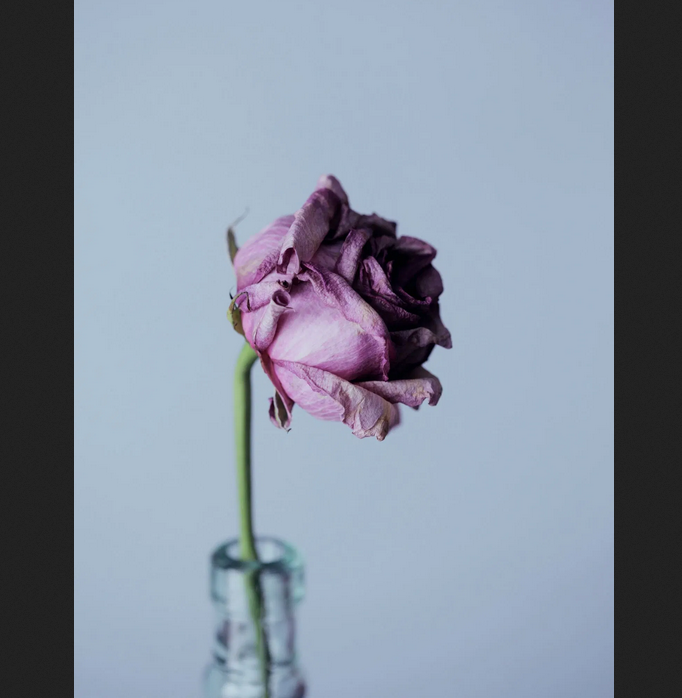
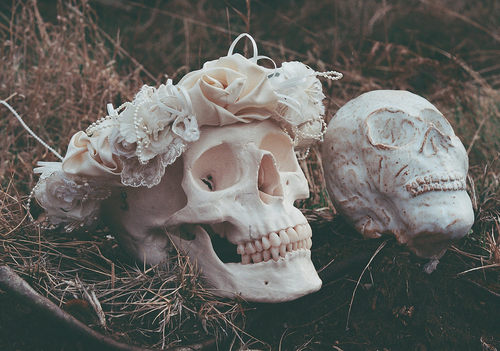
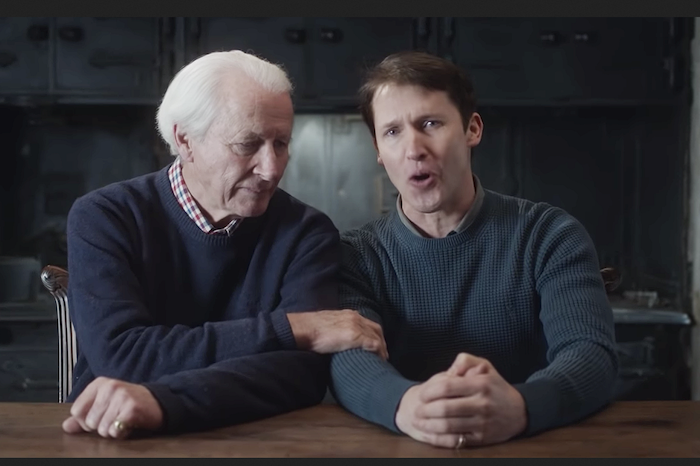
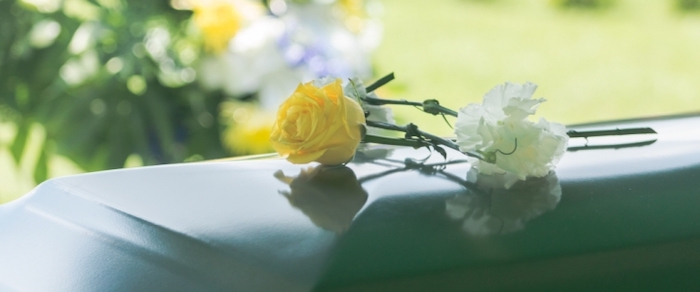


 Once you’ve survived the funeral, the daunting realities of grief come tumbling down. Litsa Williams and Eleanor Haley co-founded
Once you’ve survived the funeral, the daunting realities of grief come tumbling down. Litsa Williams and Eleanor Haley co-founded 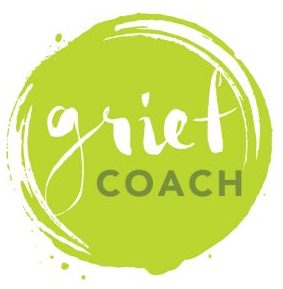 If you’re looking for ongoing grief support, Seattle-based
If you’re looking for ongoing grief support, Seattle-based 
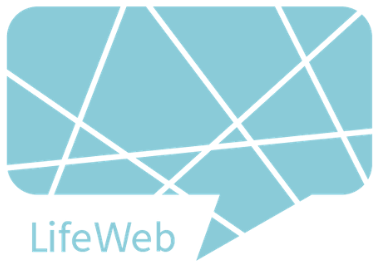 And finally meet Ali Briggs and Rachele Louis in Chicago, who founded
And finally meet Ali Briggs and Rachele Louis in Chicago, who founded
